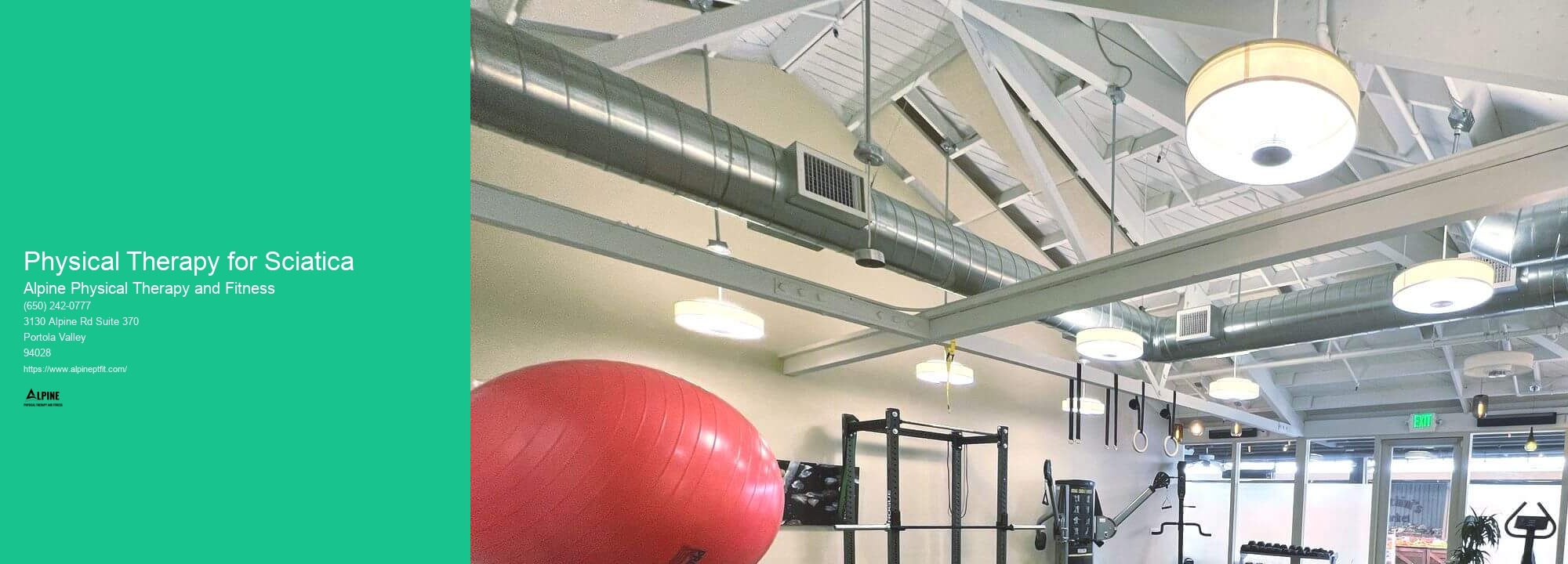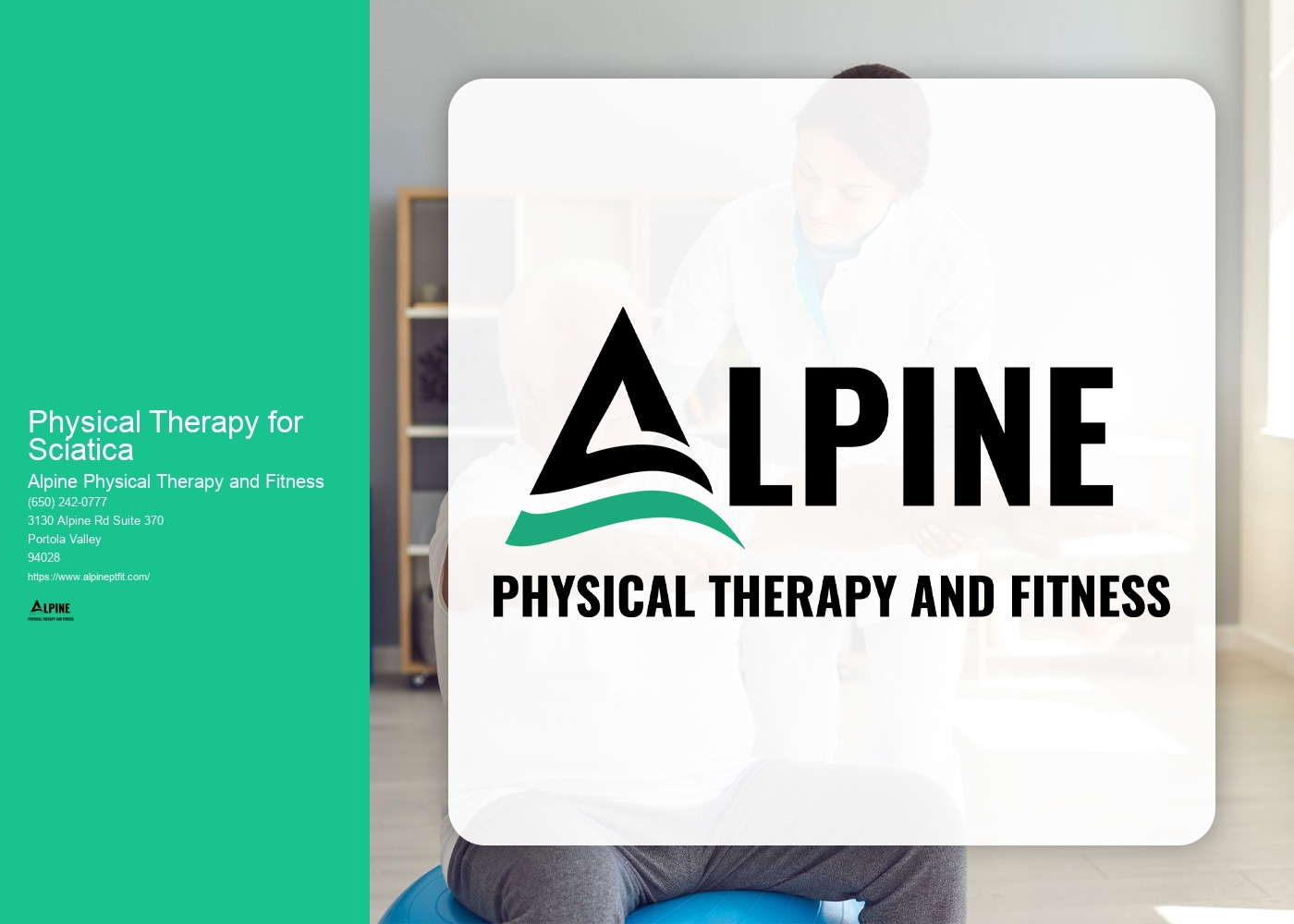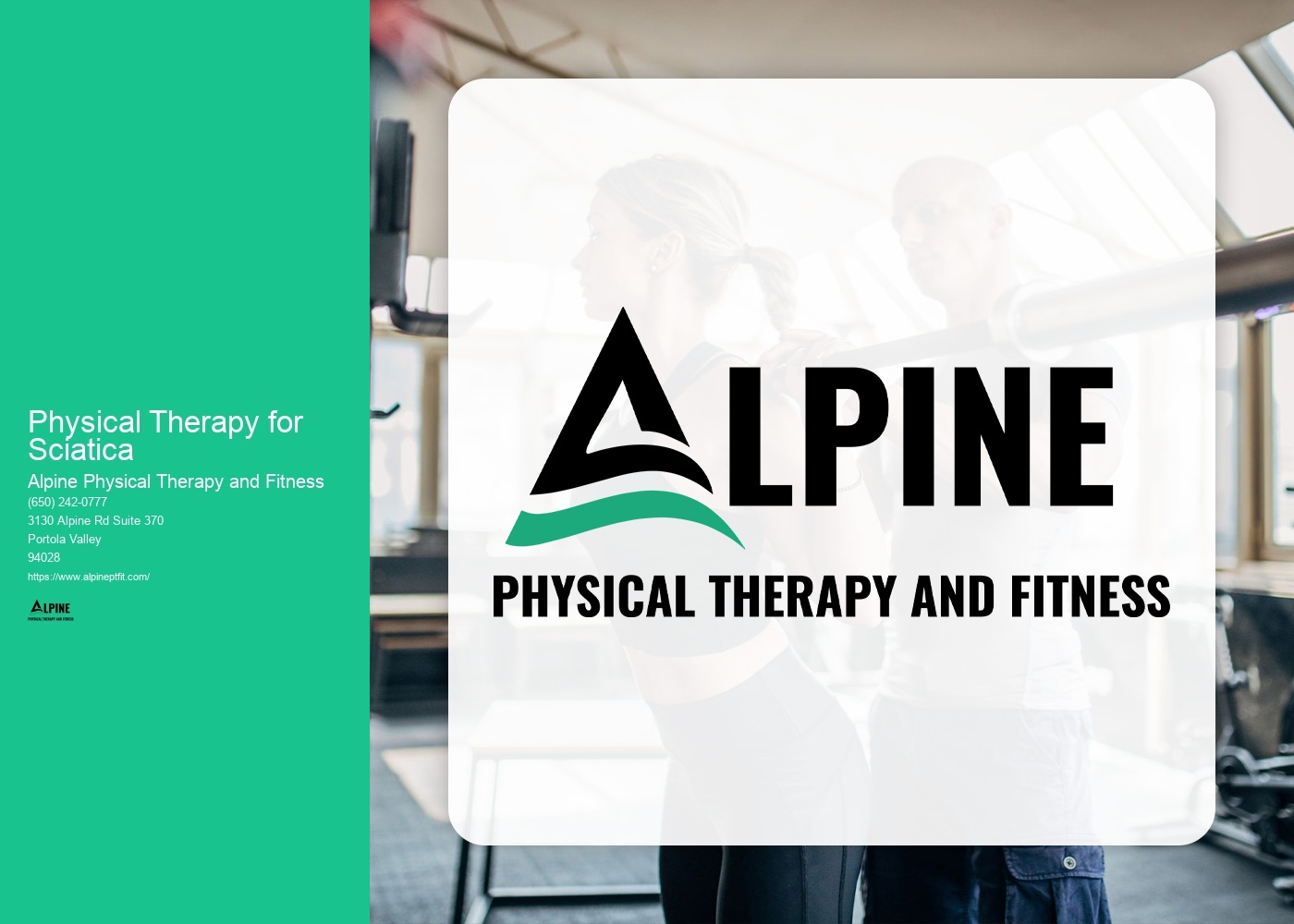

Sciatica is a condition characterized by pain that radiates along the sciatic nerve, which runs from the lower back down through the buttocks and into the legs. It is often caused by compression or irritation of the nerve roots in the lower spine. Physical therapy plays a crucial role in the management of sciatica by addressing the underlying causes and providing targeted treatment to alleviate pain and improve function.
The most common causes of sciatica include herniated discs, spinal stenosis, degenerative disc disease, and piriformis syndrome. A herniated disc occurs when the soft inner material of a disc protrudes through the outer layer and presses on the nerve roots. Spinal stenosis refers to the narrowing of the spinal canal, which can put pressure on the nerves. Degenerative disc disease is a condition where the discs between the vertebrae break down, leading to nerve compression. Piriformis syndrome occurs when the piriformis muscle in the buttocks irritates the sciatic nerve.
Physical therapy can help relieve sciatica pain through various techniques. These may include manual therapy, such as joint mobilization and soft tissue massage, to reduce muscle tension and improve mobility. Therapeutic exercises are also an essential component of treatment, focusing on strengthening the core and back muscles to provide stability and support to the spine. Additionally, stretching exercises can help alleviate muscle tightness and improve flexibility. Modalities like heat or cold therapy, ultrasound, and electrical stimulation may be used to reduce pain and inflammation.

Specific exercises and stretches recommended for sciatica depend on the underlying cause and individual needs. However, some commonly prescribed exercises include pelvic tilts, bridges, and bird dogs to strengthen the core and back muscles. Hamstring stretches, piriformis stretches, and nerve glides can help alleviate nerve compression and improve flexibility. It is important to consult with a physical therapist to determine the most appropriate exercises for your specific condition.
When undergoing physical therapy for sciatica, it is important to consider certain precautions and limitations. It is crucial to follow the guidance of a qualified physical therapist to ensure proper technique and avoid exacerbating the condition. Patients should communicate any increase in pain or discomfort during or after exercises to their therapist. It is also important to avoid activities that aggravate the symptoms and to maintain good posture and body mechanics to prevent further strain on the spine.

The duration of improvement with physical therapy for sciatica varies depending on the severity of the condition, individual factors, and adherence to the treatment plan. Some patients may experience relief within a few weeks, while others may require several months of consistent therapy. It is important to be patient and committed to the prescribed exercises and treatments to achieve optimal results. Regular communication with the physical therapist is essential to monitor progress and make any necessary adjustments to the treatment plan.
While physical therapy cannot guarantee the prevention of future episodes of sciatica, it can help reduce the risk. By addressing the underlying causes, improving strength and flexibility, and promoting proper body mechanics, physical therapy can help minimize the likelihood of recurrent episodes. Additionally, physical therapists can provide education on lifestyle modifications, such as maintaining a healthy weight, practicing good posture, and engaging in regular exercise, which can contribute to overall spinal health and reduce the risk of future sciatica episodes.

Myofascial release and deep tissue massage are both therapeutic techniques used to address muscle tension and pain, but they differ in their approach and focus. Myofascial release targets the fascia, a connective tissue that surrounds and supports muscles, bones, and organs. This technique involves applying sustained pressure to release restrictions in the fascia and restore mobility. On the other hand, deep tissue massage primarily targets the deeper layers of muscles and aims to alleviate chronic muscle tension and knots. It involves using firm pressure and slow strokes to reach the underlying muscles and break up adhesions. While both techniques can be effective in relieving pain and improving range of motion, myofascial release focuses more on the fascia, while deep tissue massage targets the muscles themselves.
When rehabilitating a tennis player with elbow pain, there are several specific considerations that need to be taken into account. Firstly, it is important to assess the severity and underlying cause of the pain, as this will guide the treatment plan. Common causes of elbow pain in tennis players include tennis elbow (lateral epicondylitis) and golfer's elbow (medial epicondylitis), which are both overuse injuries. Treatment may involve a combination of rest, ice, compression, and elevation (RICE), as well as physical therapy exercises to strengthen the muscles around the elbow and improve flexibility. Additionally, modifying the player's technique and equipment, such as using a lighter racket or adjusting grip size, may be necessary to prevent further strain on the elbow. It is also important to address any biomechanical issues or imbalances that may be contributing to the pain, such as poor shoulder or wrist stability. Finally, a gradual return to play protocol should be followed to ensure that the player's elbow is fully healed and able to withstand the demands of tennis. Overall, a comprehensive approach that addresses the specific needs of the individual player is essential for successful rehabilitation of tennis-related elbow pain.
Physical therapy can be an effective treatment option for alleviating symptoms of urinary incontinence in women. Through targeted exercises and techniques, physical therapists can help strengthen the pelvic floor muscles, which play a crucial role in bladder control. These exercises may include Kegel exercises, biofeedback training, and electrical stimulation. Additionally, physical therapists can provide education on proper bladder habits and lifestyle modifications that can help manage and reduce urinary incontinence symptoms. By addressing the underlying causes and providing tailored treatment plans, physical therapy can significantly improve bladder control and quality of life for women experiencing urinary incontinence.
The Maitland Concept is a comprehensive approach that guides the assessment and treatment of musculoskeletal conditions. It emphasizes a thorough examination of the patient's history, including the onset and progression of symptoms, as well as any relevant medical conditions or previous treatments. The concept also emphasizes the importance of a detailed physical examination, which includes assessing joint range of motion, muscle strength, and any specific functional deficits. Based on the findings of the assessment, treatment techniques are selected and applied in a systematic manner. These techniques may include joint mobilizations, soft tissue mobilizations, and therapeutic exercises. The Maitland Concept also emphasizes the importance of ongoing reassessment and adjustment of treatment techniques based on the patient's response. Overall, the Maitland Concept provides a structured framework for the assessment and treatment of musculoskeletal conditions, ensuring a comprehensive and individualized approach to patient care.
Aquatic physical therapy has been found to be highly beneficial for individuals with fibromyalgia. The buoyancy of the water helps to reduce the impact on the joints, allowing for gentle movement and exercise without causing excessive pain. The warm water also helps to relax the muscles and improve circulation, which can alleviate some of the symptoms associated with fibromyalgia, such as muscle stiffness and fatigue. Additionally, the resistance of the water provides a gentle form of resistance training, which can help to improve muscle strength and endurance. Aquatic physical therapy also provides a supportive and safe environment for individuals with fibromyalgia to exercise, as the water provides a cushioning effect and reduces the risk of falls or injuries. Overall, aquatic physical therapy can help individuals with fibromyalgia to improve their physical function, reduce pain, and enhance their overall quality of life.